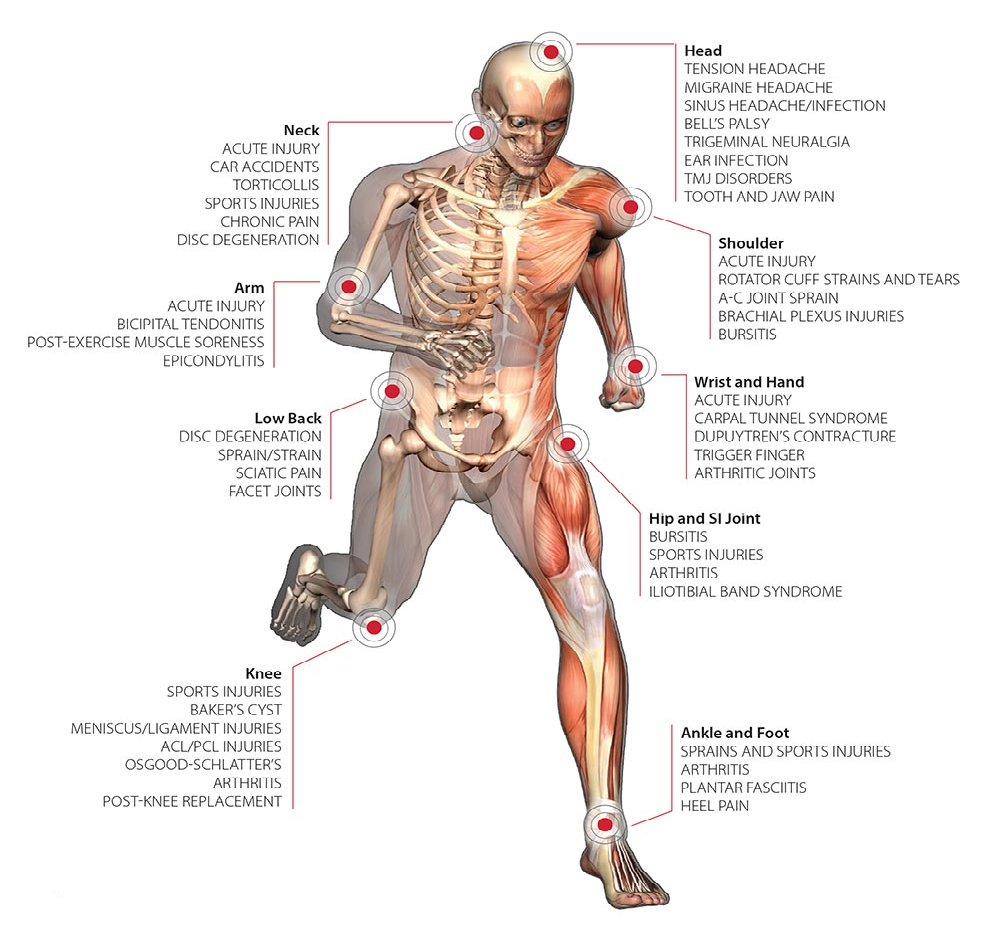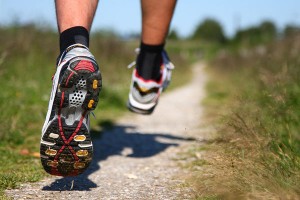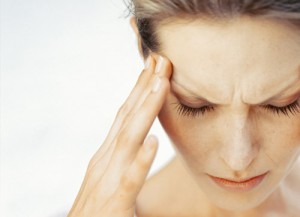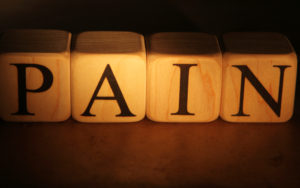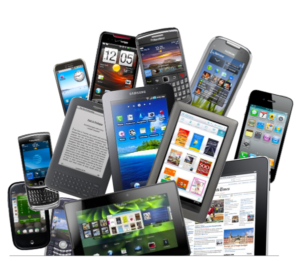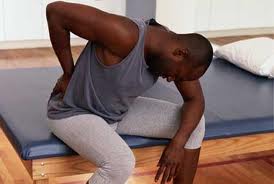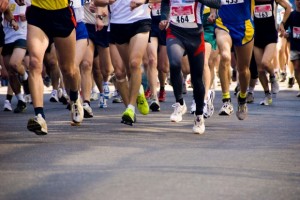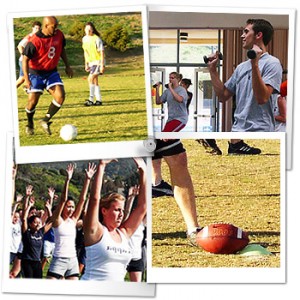 There are many different types of stretching techniques for improving flexibility, so knowing what type of stretching is right for you can be confusing. Here are a quick explanation of six common stretching techniques.
There are many different types of stretching techniques for improving flexibility, so knowing what type of stretching is right for you can be confusing. Here are a quick explanation of six common stretching techniques.
When to Use The Correct Stretch
Stretches are either dynamic (involve motion) or static (involve no motion).
It’s best to perform static stretches after an activity, when your muscles are still warm. A post-activity static stretch helps reduce muscle tension and soreness by elongating the muscle and increasing blood circulation.
Dynamic stretches are most effective before an activity: they help prepare your body for the specific movements you will be using for that particular sport or activity. These type of stretches elevate your heart rate and increase your body temperature.
Different types of stretching:
- ballistic stretching
- dynamic stretching
- active stretching
- passive/relaxed stretching
- static stretching
- Myofascial Release Stretching
Ballistic Stretching
This type of stretching utilizes repeated bouncing movement to stretch the targeted muscle group by bouncing into a stretched position, using the stretched muscles as a spring to pull yourself out of the stretched position. (e.g. bouncing down repeatedly to touch your toes.)
Dynamic Stretching
When you perform dynamic stretches, instead of holding the stretch, you repeatedly move your joints and muscles through a full range of motion. Dynamic stretching helps to improve the range of motion around your joints, improving the flexibility for a specific sport or activity (e.g walking lunges, high knee marching and arm circles.)
Active Stretching
An active stretch is one where you assume a position and then hold it, with no assistance other than using the strength of your muscles.
Active stretching increases flexibility, and strengthens the your muscles. Active stretches are usually quite difficult to hold and maintain for more than several seconds. (e.g numerous positions in yoga are active stretches.)
Passive Stretching
Passive or relaxed stretching is assuming a position and holding it with some other part of your body, or assistance from another person or with a piece of equipment. (e.g bringing your leg up to your chest and then holding it, in place with your arms.)
Static Stretching
This is the most common stretching technique. Static stretching is executed by extending the intended muscle group to its maximal point ( where you feel a slight discomfort) and holding it for a period of time.
There are two types of static stretches:
- Active: Added force is applied by the individual for greater intensity (e.g. Pulling your elbow towards you with your opposite hand)
- Passive: Added force is applied by an external force for greater intensity (e.g., assistance from another person or with a piece of equipment.)
Myofascial Release Stretching
Using a a foam roller or similar piece of equipment, myofascial release decreases tension and improves flexibility in the fascia (a densely woven connective tissue) and muscle. To be effective, you need to use small, continuous back-and-forth movements over a small specific area of the body at a time.
Stretching is an important part of being fit. Static and dynamic are two stretching techniques that can help you maintain flexibility and decrease your risk of being injured.

